When TikTok user, shannon_montipaya went to a McDonald’s drive-thru in Southern California, she didn’t expect to kick off a nationwide conversation.
Her video showcasing a $25 McDonald’s meal — 40 nuggets and two large fries, but no drink — got people talking. “OK, so it’s $25.39 for 40-piece nuggets and two large fries. You couldn’t even throw in the Sprite?” she quipped, highlighting a surprising lack of beverages for the price.
Viral Reaction to McDonald’s Pricing
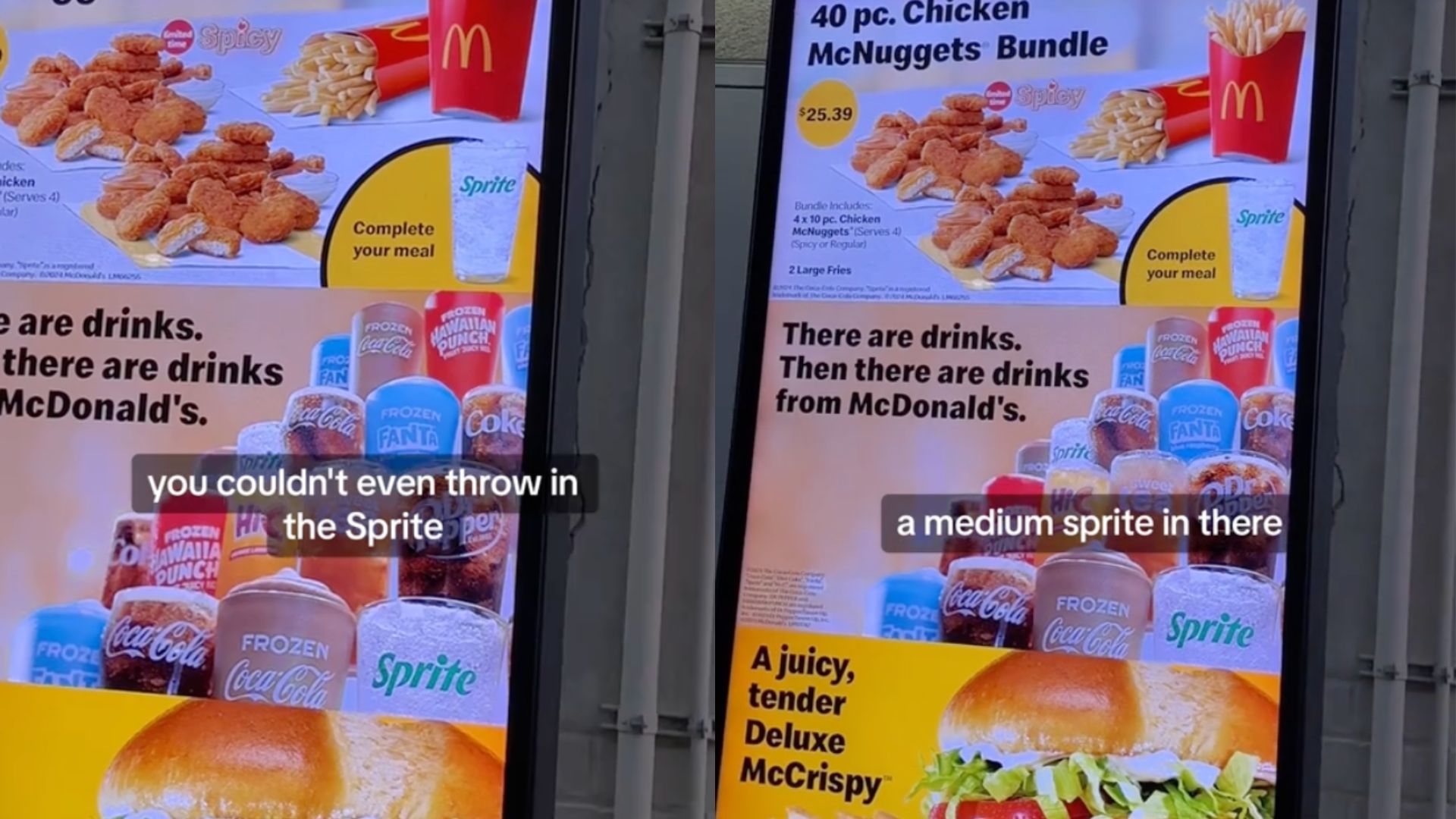
The video struck a chord, gaining 2 million views as viewers began sharing their reactions and recollections of more affordable times at McDonald’s.
The collective nostalgia and shock were evident in comments like, “Remember when 40 pieces nuggets was $5 and a large drink was $1,” highlighting a widespread feeling that fast food prices have gone up significantly.
Price Increases at McDonald’s Since 2014

A report by FinanceBuzz revealed a steep 100% increase in McDonald’s prices since 2014, with a once $5.99 nugget meal now costing $10.99.
McDonald’s, however, told Fox Business that this report is “not an accurate representation of pricing at McDonald’s restaurants.”
McDonald’s Price Increase in the Last Year
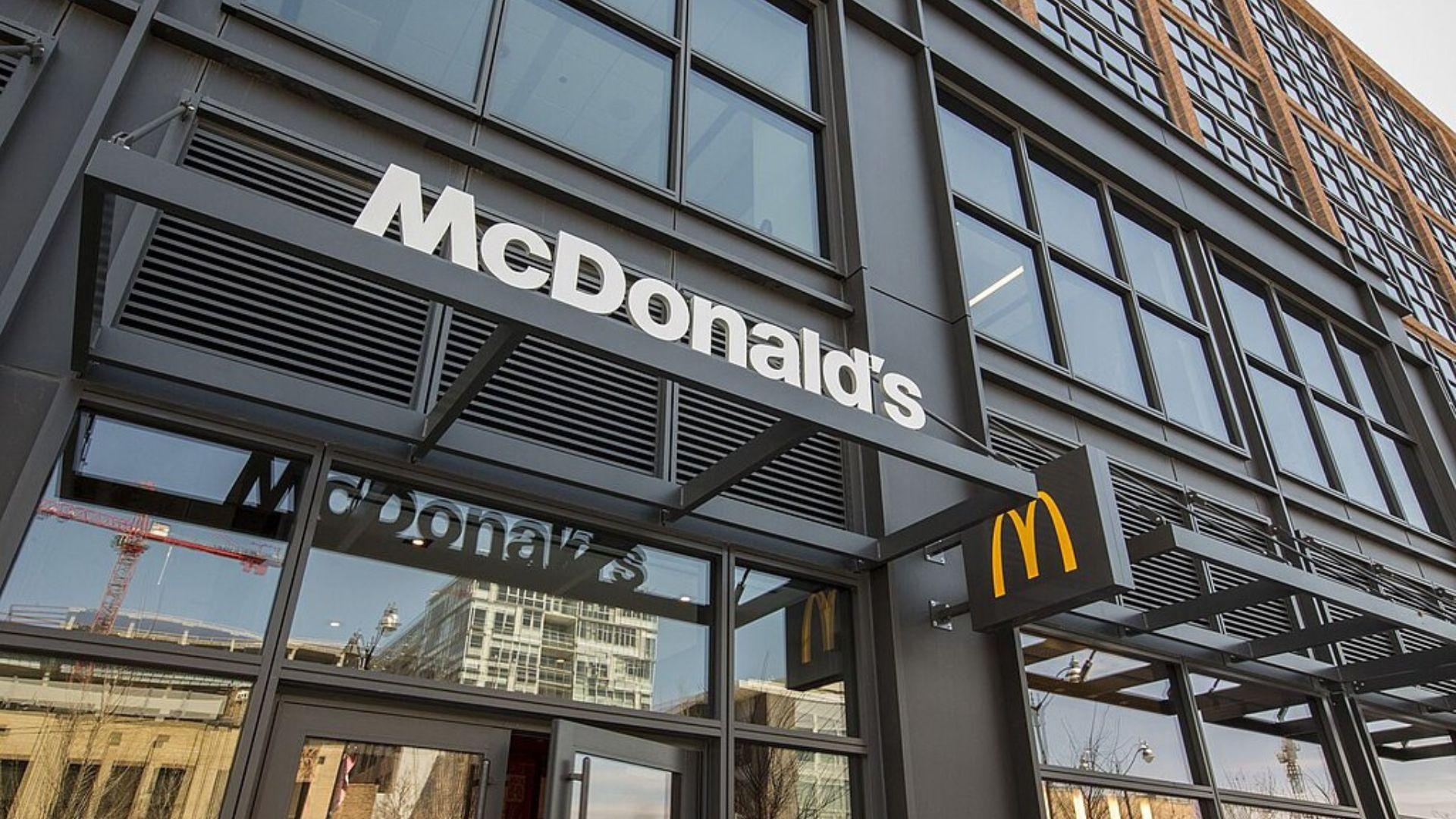
McDonald’s says it has increased its prices over the last year by 10%. “We certainly know consumers are wary or weary of pricing,” McDonald’s CFO Ian Borden told analysts. “We’re going to be consumer-led in our pricing decisions as we look forward to 2024.”
“Our pricing broadly is coming down in line with inflation getting back to what I’ll call more normal levels,” Borden said.
McDonald’s Doesn’t Select Menu Prices
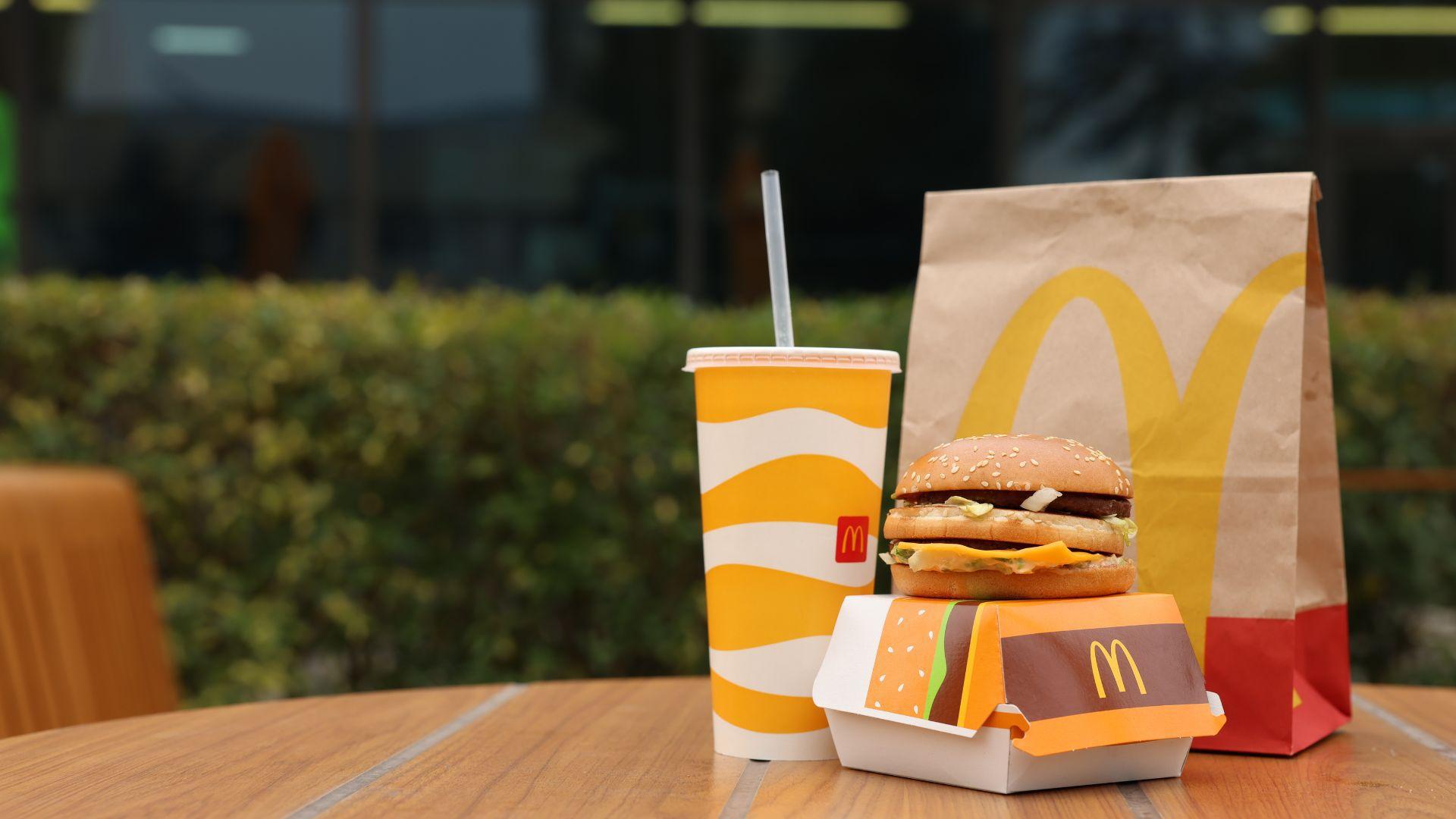
While prices at McDonald’s have increased, the company is not the one who determines the prices. Instead, that falls onto the franchisee’s owner.
The prices you see at your local McDonald’s restaurant reflect the fees, royalties, services, and goods that the franchisee has to buy from the company. Before money goes into the franchisees’ pockets, the prices need to cover the costs of all goods and services.
Low-Income Customers Are Affects
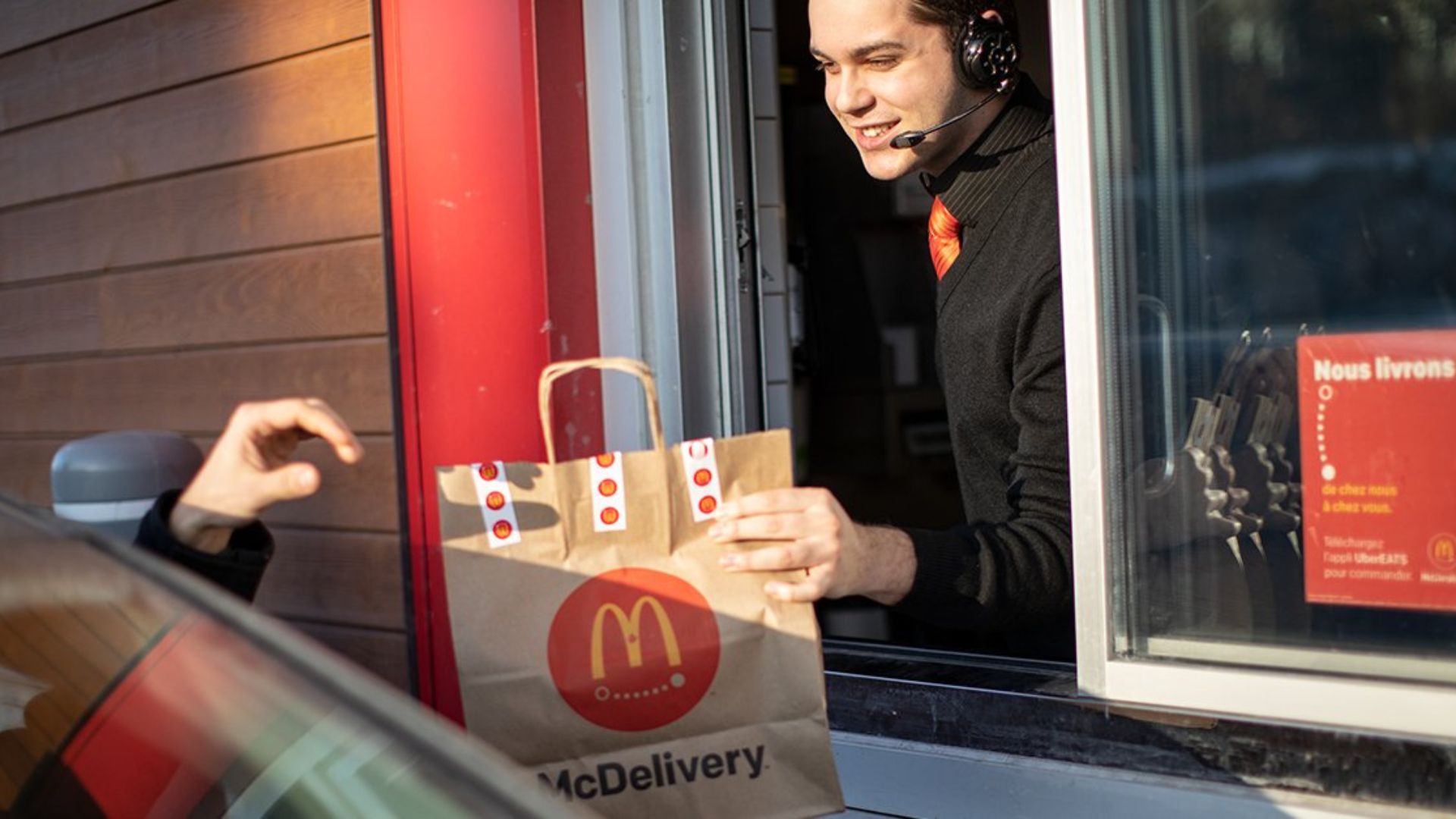
While the increase in prices may deter some people from eating out, McDonald’s said at its earnings call in October that its price increases largely hadn’t put customers off.
“Where you see the pressure with the US consumer is that low-income consumer,” CEO Chris Kempczinski said. “Call it $45,000 and under. That consumer is pressured. From an industry standpoint, we actually saw that cohort decrease in the most recent quarter, particularly I think as eating at home has become more affordable.”
McDonald’s CEO Pitches D123
Kempczinski has pitched to franchisee owners that they need to push the D123 (everyday value) platform, which offers items at $1, $2, and $3 to “provide good value for that low-income consumer.”
The brands hopes that this push will bring back the consumer who has opted for dinner at home rather than eating out.
California’s Minimum Wage Increase

However, California’s new $20 minimum fast food wage has already caused some problems for fast food franchises in the state.
In April, California raised its minimum wage for fast food workers to $20. This law would only apply to fast food chains that did not include bakeries and had more than 60 locations in the U.S.
Impact of Minimum Wage Increase on Fast Food Prices

The conversation soon turned to the impact of California’s minimum wage increase for fast-food workers, now at $20, on the prices of fast food.
The connection between wage policies and food prices became a focal point, with one commenter noting, “20 minimum wage…..welcome to your new normal,” suggesting the wage increase is a direct contributor to higher fast-food prices.
McDonald’s Franchise Owner’s Tough Decision

Since the bill became law, franchises have felt the impact of the pay increase. “The last 12 days since this unprecedented law impacted franchisees in California has literally been a whirlwind. Frankly, it feels like an eternity,” McDonald’s franchise owner, Scott Rodrick, said during an appearance on “Varney & Co” (via Fox Business).
Rodrick has been contemplating raising prices, laying off staff, and cutting hours to afford the new minimum wage increase.
McDonald’s Franchise Owner Says He Won’t Lay Anyone Off
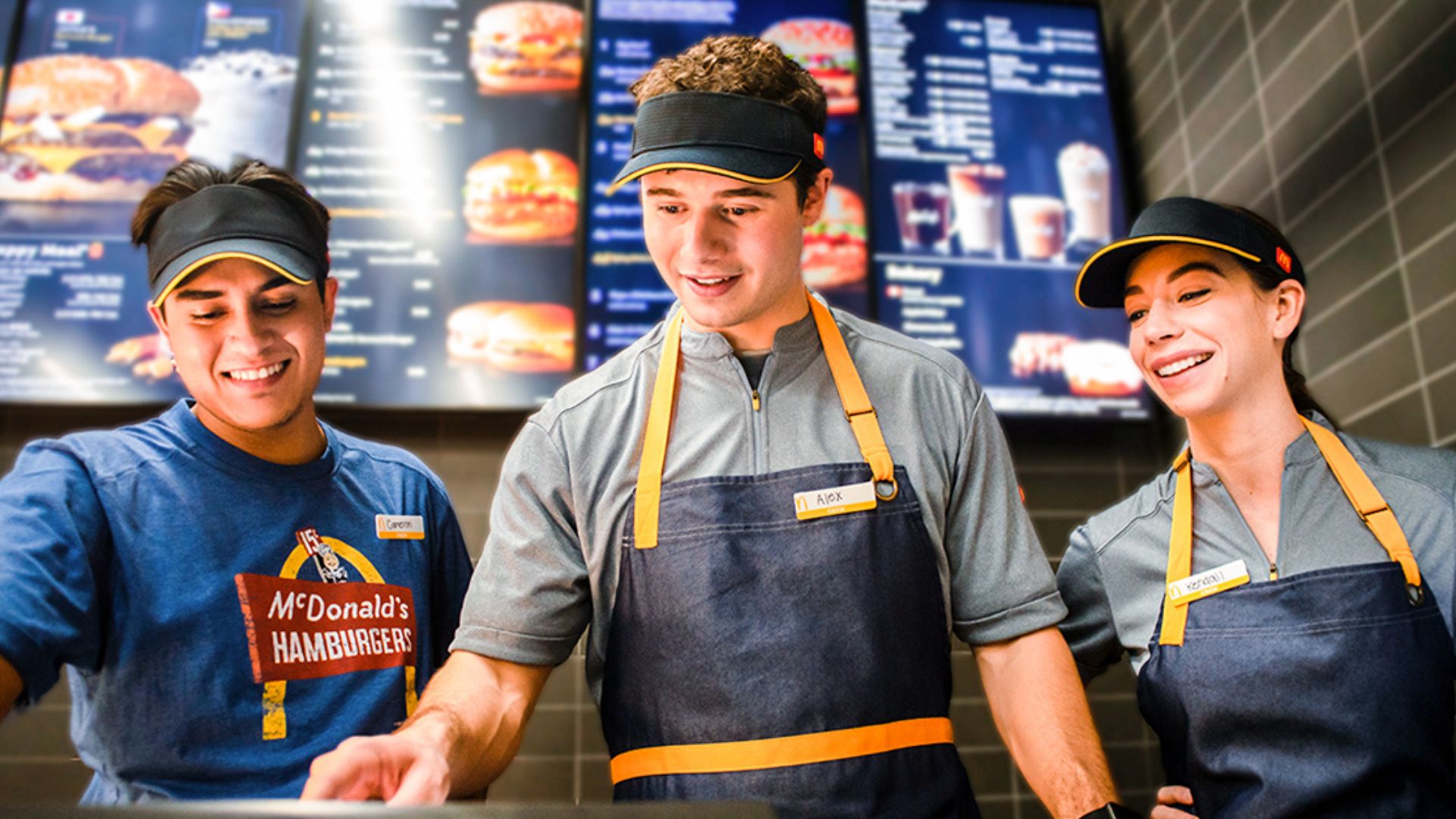
Rodrick says that the last thing he wants to do as a McDonald’s franchisee owner is lay off employees during a time of economic uncertainty.
“There’s a lot of discussion on that subject on restaurants, closing restaurants, laying people off. Frankly, in my organization, that’s the very last thing I’m looking at. I have 800 people, 800 human beings that run my restaurants. That’s the last lever that I’m looking at,” Rodrick explained.
McDonald’s Isn’t Worried About Higher Wages and Prices
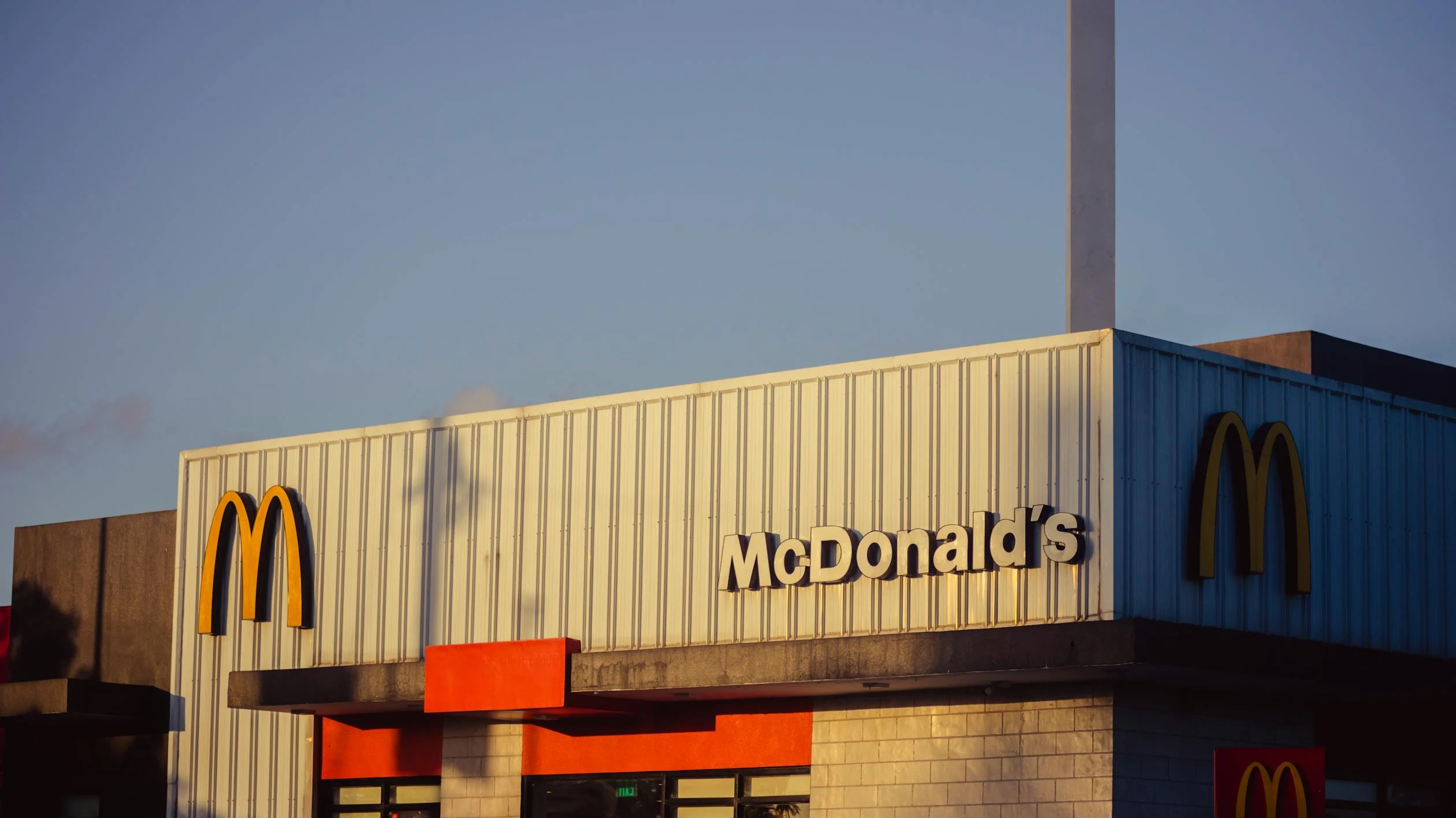
While these franchises have been feeling heat in the last few weeks, the fast food brand has not seen the wage increase as a negative. In a conference call, Kempczinski said that the increase in wages and the prices could benefit the company.
“We believe we’re in a better position than our competitors to weather this, so let’s use this as an opportunity to actually accelerate our growth in California,” Kempczinski said.
McDonald’s Is an Extremely Successful Brand
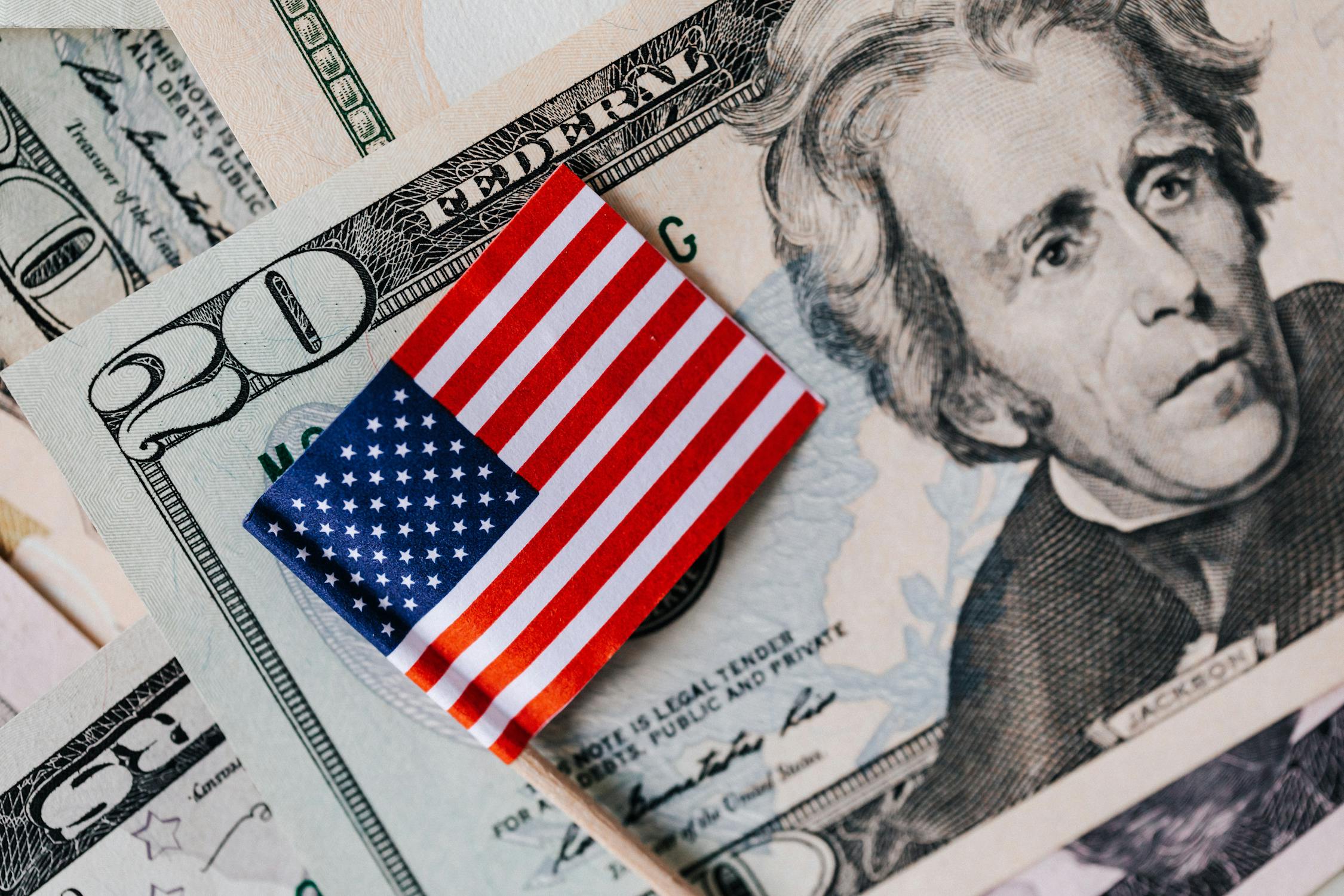
According to the Business Model Analyst, McDonald’s has been an extremely profitable company compared to most fast food chains. In December 2022, the company was one of the most successful restaurants across the world with an income of $25.49 billion.
While a franchises’ success depends on the franchisee, the brand has a solid profitability record, which is why so many people commit to investing in a McDonald’s business.
Re-focusing on the Value Menu

“As we look to 2024, with elevated absolute prices and muted consumer confidence, we believe that consumers will continue to be more discriminating with their dollars,” Kempczinski said.
“But we expect our focus on our MCDs will continue to drive growth across our business. And from a historical perspective, we know our resilience is rooted in our ability to adapt in any environment.”
Regional Variations in McDonald’s Pricing

The debate extended beyond California, prompting McDonald’s customers nationwide to compare prices, Fox Business reports.
The difference in prices was stark, with a Florida user noting, “50 nuggets here is 15 [dollars],” contrasting sharply with the prices observed in California, illustrating the significant regional disparities in fast food pricing across the United States.
Varied Perspectives on Price Value
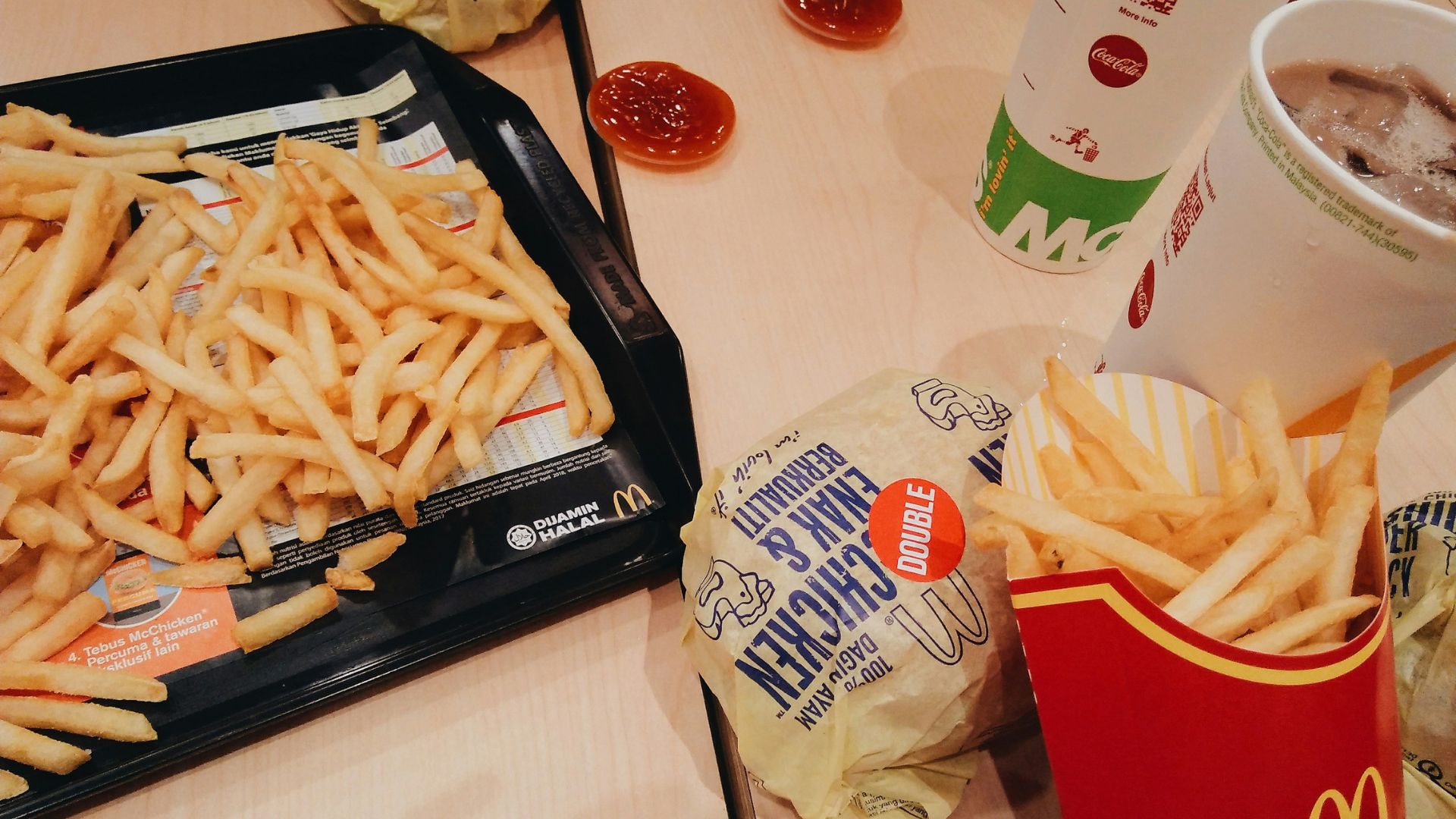
Not all viewers agreed on the controversy surrounding the $25 meal deal.
Some argued the price was reasonable, with remarks like, “12.50/person isn’t that crazy,” and “You getting a good deal and you complaining.”
Business Adjustments Ahead of Minimum Wage Increase

The recent minimum wage increase led several fast-food establishments, including MOD Pizza, to close locations in California, reflecting the anticipatory measures businesses are taking in response to increased operational costs attributed to wage hikes.
One branch of Fosters Freeze in California also abruptly closed its doors, citing the wage increase as the reason.
Chipotle Raises Prices
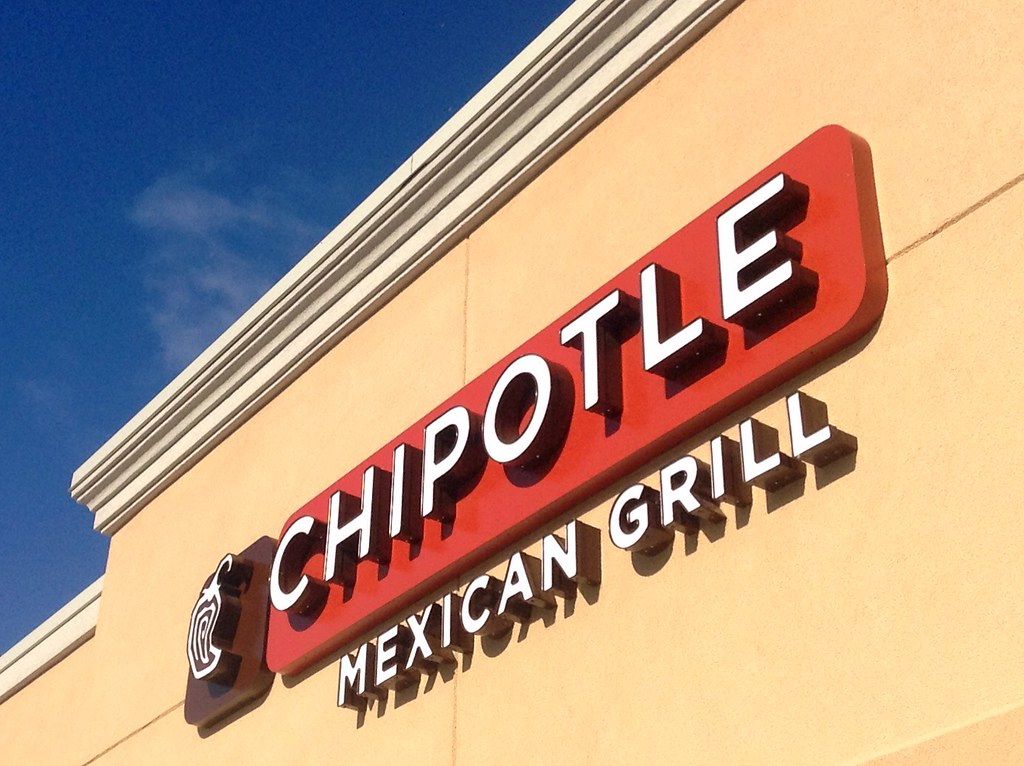
Chipotle announced it would be raising its menu prices shortly after the minimum wage bill was passed into law in California.
The fast food Mexican restaurant says it will raise prices by a ‘mid-to-high single-digit’ percentage in California, according to Chief Financial Officer Jack Hartung.
Employment Challenges Following Wage Increases
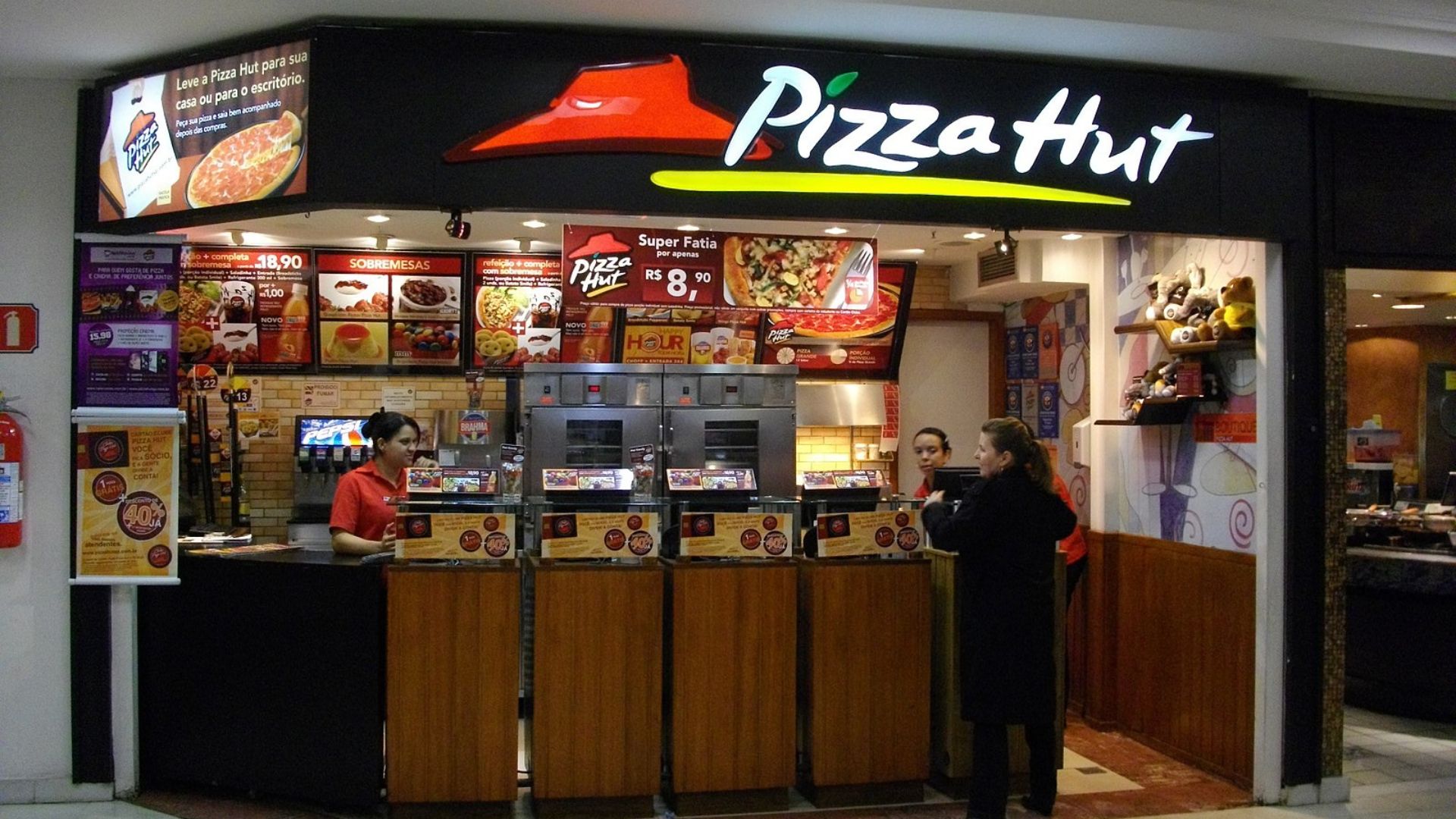
The increase in minimum wage has had tangible effects on employment within the fast-food industry, with chains such as Pizza Hut and Round Table Pizza resorting to layoffs.
These moves showcase the direct impact of higher operational costs on employment within the fast-food sector.
Strategic Business Responses to Wage Legislation
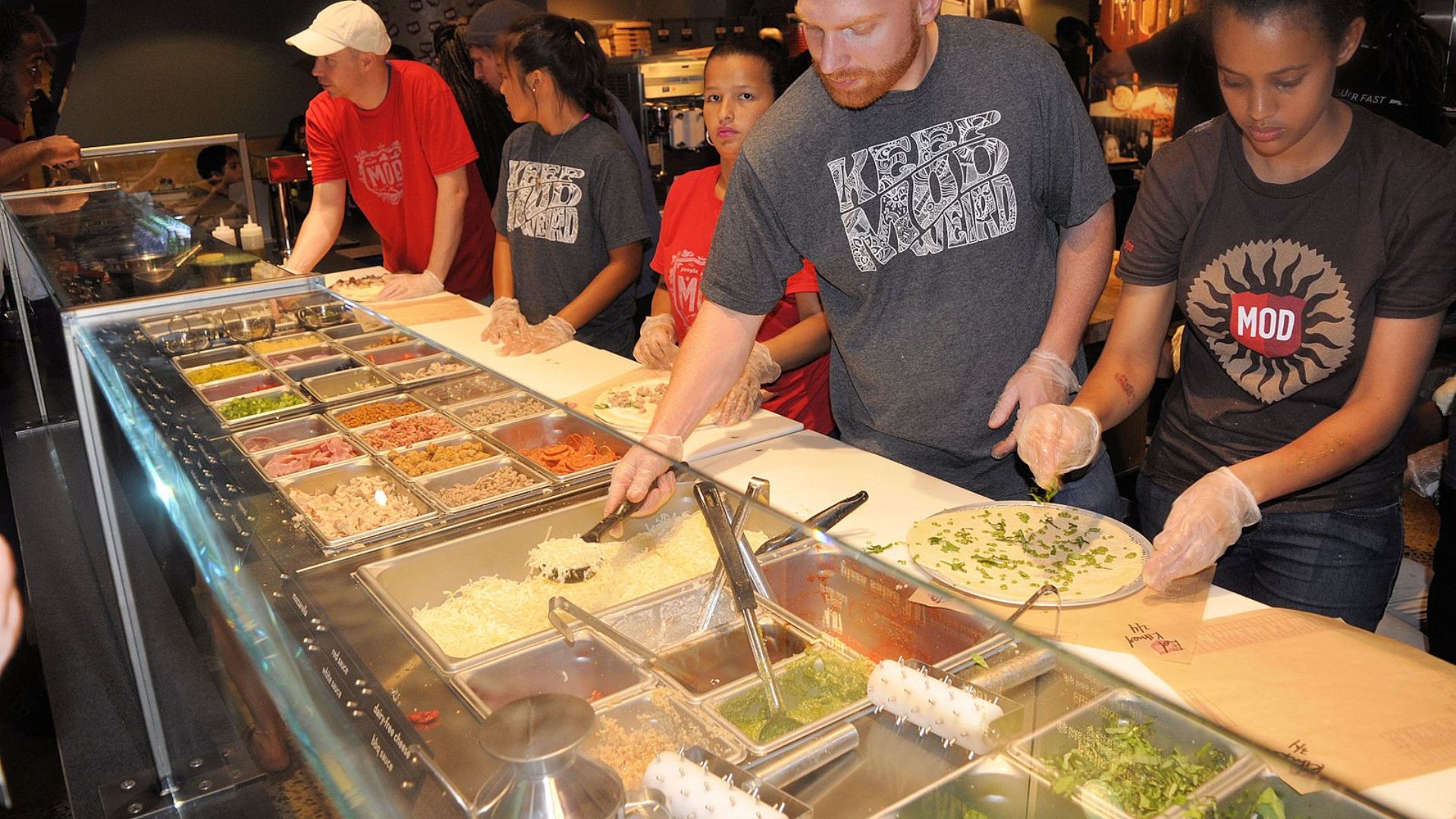
Some closures seemed to be perfectly timed.
A former MOD Pizza employee noted the closings happened “two weeks before all of the fast-food locations in California got that increase,” suggesting a strategic retreat in response to the wage hikes.
McDonald’s Clarifies Pricing Strategy
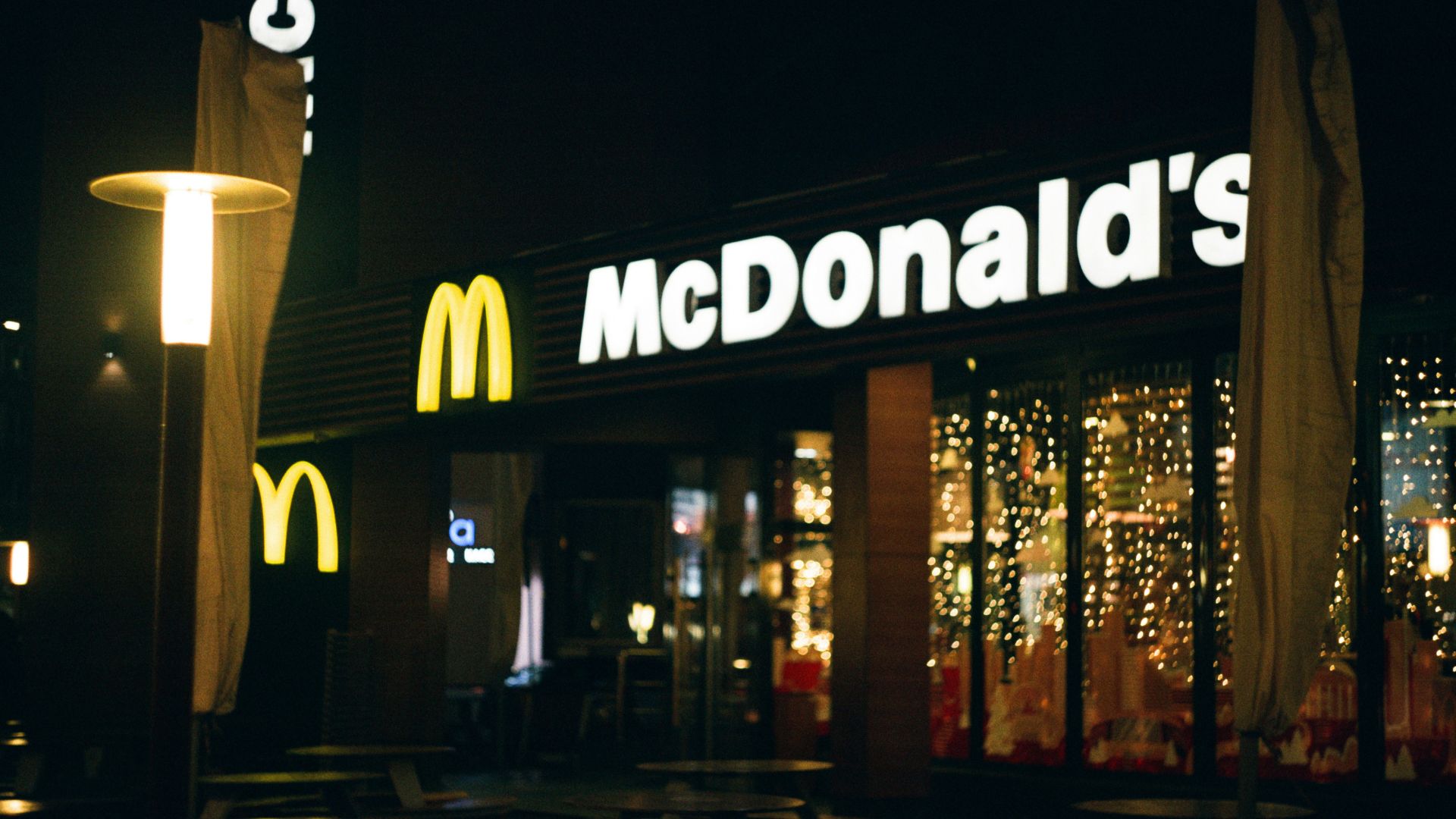
Amidst the scrutiny, McDonald’s defended its pricing approach, emphasizing that prices are determined by franchisees and vary by location.
This response aimed to clarify misconceptions about their pricing being universally high and reiterated their commitment to offering value.
Reaffirming Commitment to Customer Value
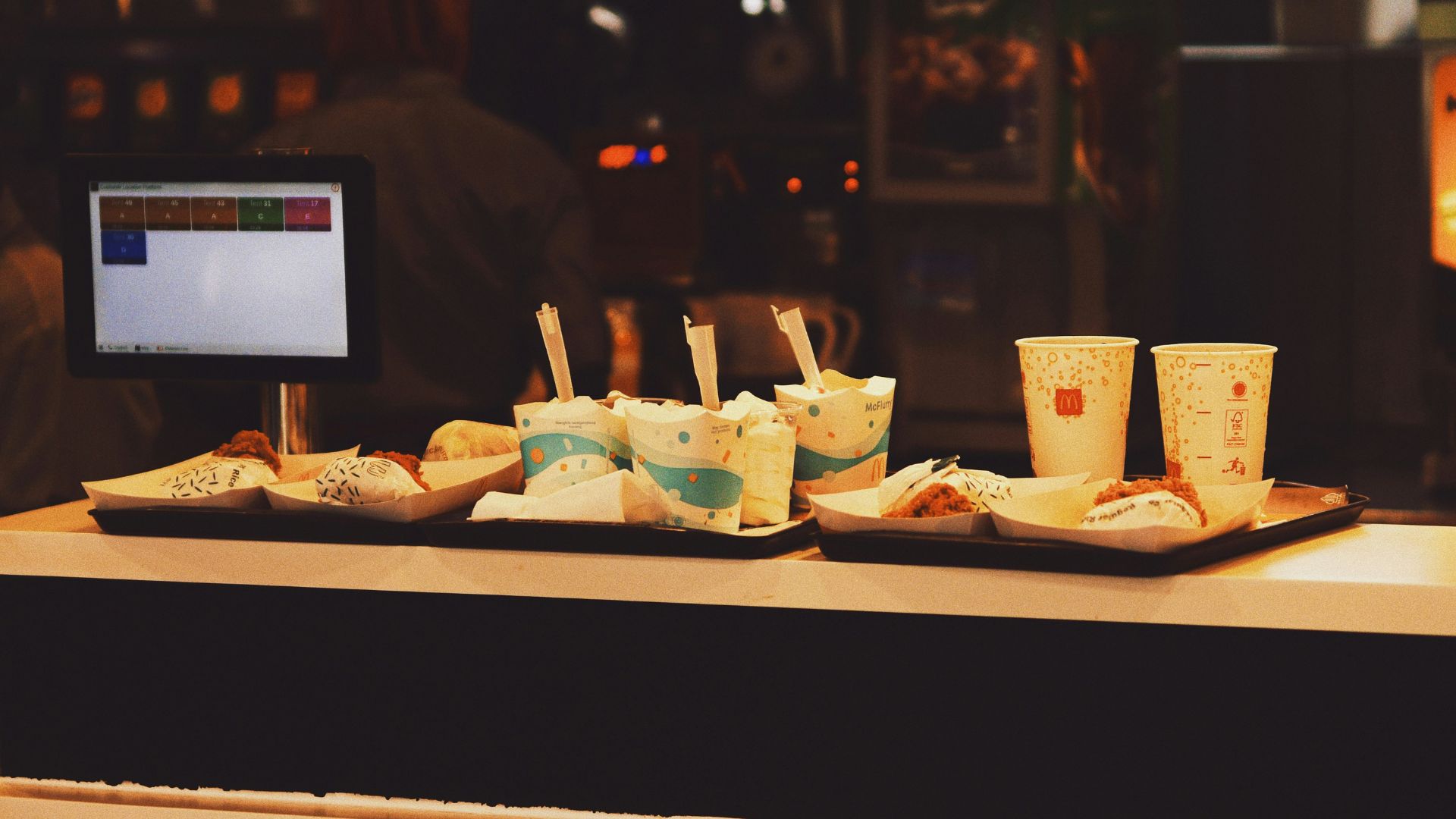
In the wake of the discussion, McDonald’s reiterated its commitment to value, promising affordable pricing through their app and rewards program.
“Value is part of McDonald’s DNA, and we’re committed to offering customers great value” they said.
The Dynamics Behind Rising Fast-Food Prices
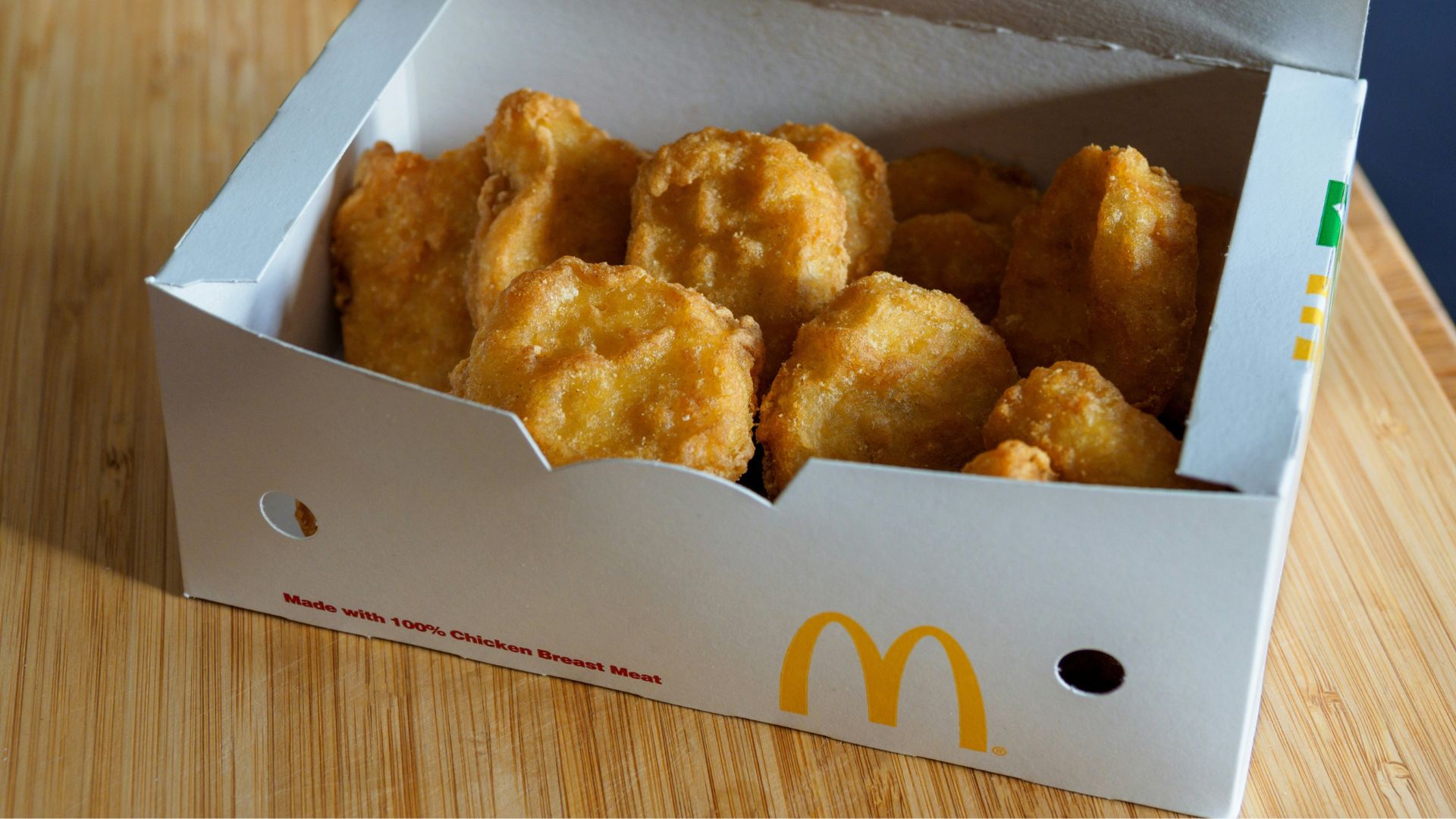
Shubhranshu Singh, an associate professor of marketing at Johns Hopkins Carey Business School, explained that the trend of fast food prices rising is driven by rising labor costs and growing consumer demand for more budget-friendly dining options.
As economic pressures mount, consumers are increasingly opting for fast food over full-service restaurants, boosting demand. Additionally, Singh notes a decline in fast-food coupons and deals.
